From volcano-dominated wildernesses to wave-lapped shores to small humps of sand barely peaking above the waterline, there are around 7,500 islands to explore in the South Pacific.
So where do you start? The Pacific Ocean covers more than a third of the planet’s surface and these tiny specks are scattered thousands of kilometres apart, separated by vast expanses of uninhabited – by humans, at least – blue. Getting around the area used to be an expensive and time-consuming business but now international flights stop regularly at many of the main islands, with the major airline alliances offering free stopovers at Polynesian paradises on round-the-world tickets. But don’t just stopover, invest in a regional air pass or hop on the local boat network and properly dip into the Pacific.
The islands of Polynesia and Melanesia offer a vast amount of variety. If you want action, there are countless opportunities: you could scuba dive with sharks and manta rays; snorkel with more technicoloured fish than you can wave a flipper at; surf waves with gnarly names such as Cloudbreak and Frigate’s Passage, which remain unbroken since Antarctica; kayak around mangrove-edged lagoons and rocky shorelines; pedal among mysterious statues from ancient cultures; hike up volcanic rises and down verdant valleys; and sail on that seemingly endless ocean.
The rhythm of Island life
It’s not all action though – the social scientist will be intrigued by the South Pacific’s diverse customs and cultures. From the enigmatic moai of Easter Island to the Polynesian traditions of Samoa, the region is a fascinating cultural melting pot. One of the best ways to experience this side of the south is at an Island Night. Though put on for travellers, these food-and-festivity-filled evenings – often including drumming, dancing and fire-juggling – are an excellent taster. Otherwise, head to a church on a Sunday morning to hear sweet choral harmonies flowing across the palm trees, hop on an open-sided Fijian bus – an experience in itself – or pop to the local market where island life seems to come together amid stallfuls of breadfruit, papaya and coconuts. The hospitality and friendliness of the islanders is legendary, and virtually all are happy to share their customs, traditions, and beliefs.
In the South Pacific there are no troublesome visas to be obtained and advance bookings are rarely necessary – visitors will always find somewhere to stay. The South Pacific is far less commercialised and crowded than the Mediterranean or Caribbean; there are well-defined traveller’s trails but also abundant opportunities to escape to islands that haven’t seen a tourist in years. It is more expensive than ‘nearby’ South-East Asia, but the payoff is the chance to discover a dazzling array of spectacular countries that combine desert-island fantasies with a dose of adventure. For travellers, it’s almost paradise.
 South Pacific itineraries
South Pacific itineraries
1. Islands of legend & mystery: archaeology, scenery & sealife
Easter Island – French Polynesia (Two weeks)
Five days is the absolute minimum required to do Easter Island justice. The first should be spent visiting the Sebastián Englert Anthropological Museum in the main town, Hanga Roa, and the nearby statues and platforms. On the second day, hike or ride up Rano Kau volcano to Orongo – the ceremonial centre of the island and focus of the birdman cult.
The petroglyphs and circular stone houses here are unique. The third day should be devoted to Easter Island’s top site, Rano Raraku, the quarry from which all of the island’s famous moai (giant statues) were carved. Nearly 400 moai in various stages of completion lay scattered around. If you enjoy walking take a taxi to Rano Raraku in the morning, then hike the 18km back to Hanga Roa along the south west coast.
One of the finest coastal walks in the South Pacific is around the north-west corner of the island and is a perfect way to spend your fourth day. Take another taxi to Anakena beach where you can begin the walk; numerous toppled statues, platforms and caves are to be found all along the way. Your last day on Easter Island could be devoted to any number of lesser sites near Hanga Roa, along with shopping in the handicraft market.
French Polynesia can easily be reached from Easter Island (flights depart twice a week). On arriving try to connect immediately with a flight to Bora Bora – the quintessential South Seas island with its soaring peaks and broad lagoon. The whole island can be absorbed in a three-hour bicycle ride, and a lagoon tour will have you exploring its shores by snorkelling with manta rays, sea turtles and reef sharks.
Huahine, a less frequented Polynesian isle, can be easily explored by rental car or motorised outrigger canoe in a couple of days. Planes and passenger boats returning to Tahiti from Bora Bora call at the island, which is home to French Polynesia’s largest archaeological area at Maeva, where there are several dozen restored stone platforms – well worth a visit.
Moving east, the hourglass-shaped island of Tahiti is the next stop. Here lies French Polynesia’s glittering capital city, Pape’ete, with its fine dining, entertainment and shopping. A trip around Tahiti by rental car or tour bus can be done in a day with an obligatory stop at the Gauguin Museum on the south side of the island.
Most of Tahiti’s beaches consist of black volcanic sand; to find the white beaches and emerald lagoons of the travel brochures you must board a high-speed catamaran ferry for the 30-minute ride to nearby Mo’orea. This island has everything Bora Bora has to offer at a more manageable price. Just below a spectacular viewpoint in the centre of the island is a large archaeological complex swallowed by the jungle. You can also swim with sharks and rays, track schools of spinner dolphins or humpback whales, scuba dive with any of the five local operators, hike over volcanic ridges, or eat out at any of small French restaurants scattered around the island.
For a truly off-the-beaten-track itinerary, a trip to the rugged Marquesas Islands is a must. For nearly two centuries writers, artists and adventurers alike have escaped to these verdant isles, where their dramatic coastlines and deep tropical valleys have fuelled their inspiration. Remarkable stone tikis (large, carved wooden heads) pepper the islands. And you can visit the grave and museum of the painter Paul Gauguin on Hiva Oa. The Aranui – a passenger-carrying freighter – serves the Marquesas, and is the ideal way to get there.
 2. The western Polynesian triangle: where Pacific island traditions endure
2. The western Polynesian triangle: where Pacific island traditions endure
Samoa – Tonga (Three weeks)
Samoa and Tonga are remembered in Polynesian legend as Havaiki – the primeval homeland where the Polynesians lived for 1,000 years before, around the time of Christ, the canoes continued east to what is now French Polynesia. Traditions run deep here. In Samoa, village life is still controlled by the matai (chiefs) who meet regularly in village councils; it is only the matai who can be elected to Samoa’s parliament.
Tonga is currently undergoing a difficult transition from absolute monarchy to democratic rule – in November 2006 whole blocks of Nuku’alofa, the capital, were burned during politically motivated rioting. Nonetheless, Polynesian culture is best experienced at island nights hosted several times a week at hotels and cultural centres in both Apia and Nuku’alofa with traditional dancing, buffets of local food and handicraft displays.
Begin in Nadi, Fiji, then connect to Samoa at the first opportunity. Samoa’s capital, Apia (on ‘Upolu island), is one of the South Pacific’s most picturesque towns, a row of old wooden buildings – now converted into restaurants and bars – facing Beach Road opposite the harbour with views stretching across the water. There’s a bustling market, and island night at Aggie Grey’s Hotel is not to be missed. To get around ‘Upolu – Samoa’s second-largest island – you can rent a car and stop at as many photogenic beaches or waterfall viewpoints as you wish.
Regular ferries link ‘Upolu to the much larger Savai’i island where the beaches are even finer and the mountains higher. A lava flow on the north eastern side of Savai’i crosses the highway around the island; a stone church engulfed in lava in the last eruption in 1911 makes for an unusual sight.
If you have a couple of days to spare, a side trip to American Samoa can be easily arranged. Along the south side of the mountainous Tutuila island (the main island) a long road winds around to Pago Pago Harbour, travelling through many small Samoan villages providing a sumptuous slice of Samoan life.
South of Samoa lies the kingdom of Tonga. Despite the damage done to Nuku’alofa during the 2006 rioting, rural Tongatapu is as appealing as ever with its ancient stone megaliths and impressive pyramid tombs. For a touch of the wild and wonderful stop at Kolovai, where large colonies of flying foxes hang from trees next to the road. However, many visitors connect straight away to Vava’u island, one of the South Pacific’s most important yachting and whalewatching destinations.
Pods of humpback whales can be seen off Vava’u from July to October and there’s scuba diving, kayaking, sailing and bicycling year round. On the island, Neiafu is one of the most charming small towns in the Pacific and the most picturesque in Tonga. If you are craving something more active, some of Tonga’s best hiking is in the rainforests and along the coastal cliffs of ‘Eua island next to Tongatapu.
 3. The Melanesian crescent: relics & wrecks
3. The Melanesian crescent: relics & wrecks
New Caledonia – Vanuatu -Solomon Islands (One month)
The three Melanesian countries are strikingly diverse and a treat for even the most jaded world traveller. New Caledonia has been a French colony since 1853 and the Kanaks (indigenous inhabitants) now comprise only 45% of the total population – the French influence is strong.
The capital, Noumea, resembles a southern French town with its neo-Gothic church in the hillside overlooking the downtown grid. While in Noumea’s southern suburbs chic restaurants and hotels face a flashy seaside boulevard. The mountainous main island, Grande Terre, is almost 400km long; its interior scarred by nickel mining. You can easily spend a week driving up the predominantly Kanak east coast and down the mainly French west coast past sprawling cattle ranches.
East of Grande Terre are the Loyalty Islands: Ouvéa, Lifou and Maré. Lifou is the world’s largest uplifted atoll with numerous cliffs and caves. The smaller Isle of Pines to the south has some of the finest beaches in the Pacific. Commuter flights and a high-speed ferry link Noumea to the Loyalties and Isle of Pines.
Vanuatu consists of 83 islands in a Y-shaped chain 1,300km long. The country’s international airport is at Port Vila on Efate island. From 1906 to 1980, Port Vila was the capital of the Anglo-French New Hebrides Condominium and an odd assortment of mismatched colonial buildings remain.
The city is beautifully set around a series of long peninsulas and bays, and its fine cafés, restaurants and resorts reflect competing French and Australian influences. For foreign visitors, the second-most-visited island is Tanna for Yasur – an active volcano with a road almost up to the crater rim.
Tanna is also famous for its cargo cult villages, and the custom villages where people dress and live as they did before European contact. Few scuba divers miss the chance to fly north from Efate to Vanuatu’s largest island, Espiritu Santo, where the wreck of the 22,000-ton SS President Coolidge sunk when it hit a ‘friendly’ mine in 1942 – it is an easy shore dive and is the world’s largest diveable Second World War wreck.
After Papua New Guinea, Solomon Islands is the largest country in the South Pacific. It’s also the least developed with 75% of the population living from subsistence agriculture on the six large islands, plus another 20 medium-sized islands and hundreds of smaller ones scattered across an area covering 28,400 sq km. It would take months of constant travel to reach a representative selection of the islands.
All visitors arrive at Honiara on Guadalcanal island – a major battlefield in the Second World War. The numerous monuments, decrepit buildings and war relics are the major tourist sights of the dusty capital city. The country’s main tourist centre, however, is the quaint town of Gizo in Western Province. Gizo has excellent scuba diving on wartime wrecks and coral reefs, and it makes a good base for exploring New Georgia and adjacent islands situated just south east.
 4. The coral route: paradise at its best
4. The coral route: paradise at its best
Cook Islands – Fiji – French Polynesia (One month to six weeks)
Of the 15 islands and atolls that make up the Cook Islands, only two or three are on the beaten tourist track. Two roads encircle the gateway island Rarotonga with beaches and resorts almost all the way around. The capital, Avarua, is pleasant enough with numerous shopping, dining, drinking and sightseeing possibilities. Many of Avarua’s solid stone buildings reflect the predominant influence of early missionaries.
In half a day you can hike right across Rarotonga on a steep mountain trail, which passes Te Rua Manga (the Needle), a volcanic plug visible from much of the island. The scuba diving and snorkelling off Rarotonga are excellent and accessible, but one week would be quite enough time here. Many visitors fly from Rarotonga to Aitutaki on one of the three daily flights. The American television series Survivor 2006 was filmed on Aitutaki, and the beaches and reefs are spectacular diving venues.
Fiji offers a greater choice of things to see and do than any other South Pacific country. Families and couples tend to gravitate toward the well-established resorts of the Mamanuca Group off Nadi and the Coral Coast along Viti Levu’s southern shore. Many young backpackers board the daily high-speed catamaran from Nadi to the Yasawa Group, disembarking at islands like Kuata, Wayasewa, Waya, Naviti, Tavewa and Nacula where local villagers have built thatched cottages to accommodate them.
The Mamanuca and Yasawa beaches are glorious, but the veteran traveller who wants to see more of Fiji should consider catching a commuter flight from Nadi to Taveuni island. Taveuni has some of Fiji’s best hiking and scuba diving, and it’s just a short hop by plane or boat back to picturesque Savusavu on Fiji’s second island Vanua Levu.
From Savusavu you can fly or catch a ferry south to Suva, Fiji’s capital, with its solid colonial buildings and attractive parks. Those into history can easily make a trip to the old capital Levuka, on Ovalau island, which still consists of a row of wooden ‘Wild West’ storefronts facing the Koro Sea. Buses run constantly right around Viti Levu, Fiji’s main island.
The northern route back to Nadi through the interior is more scenic than the southern route along the Coral Coast.









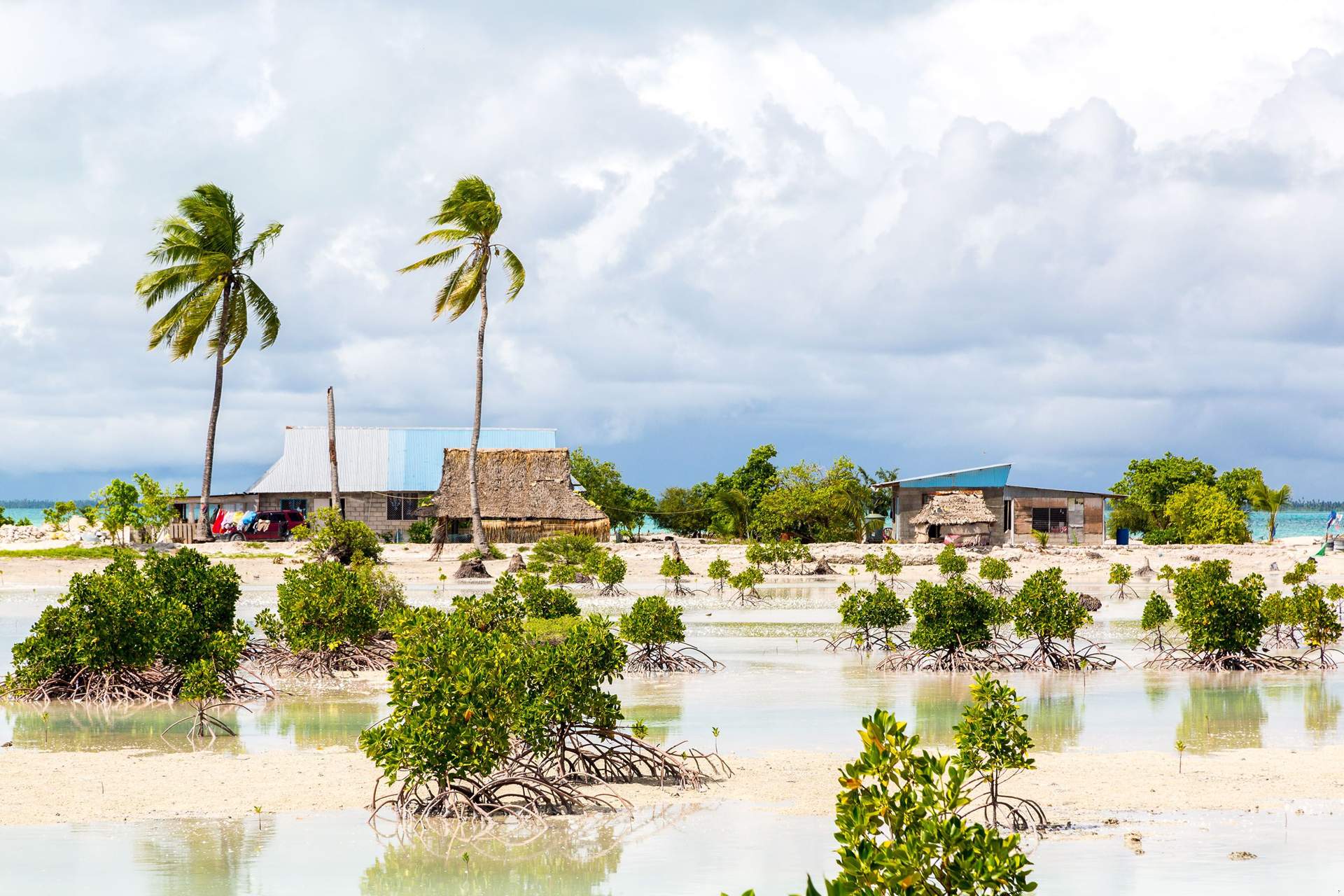


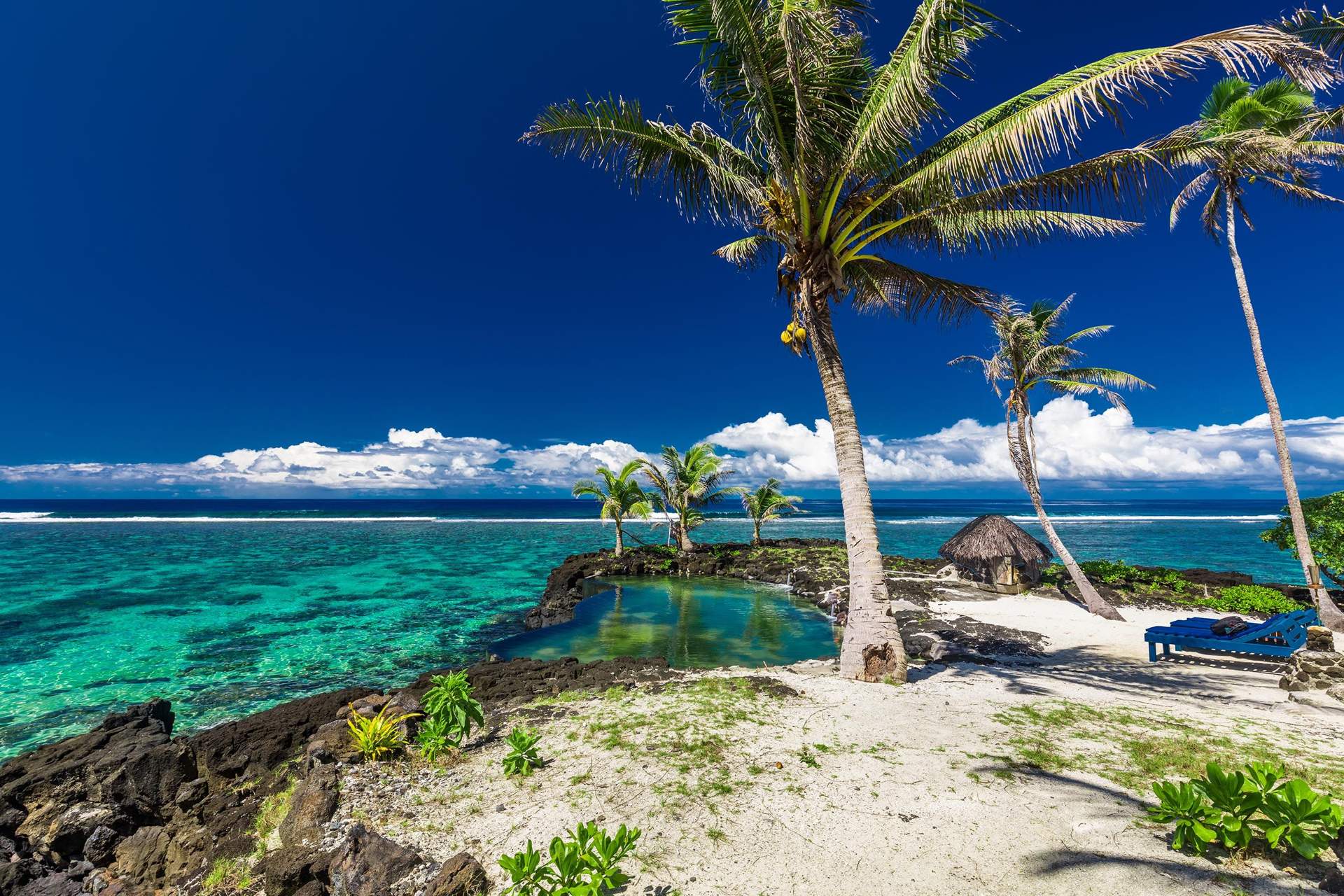

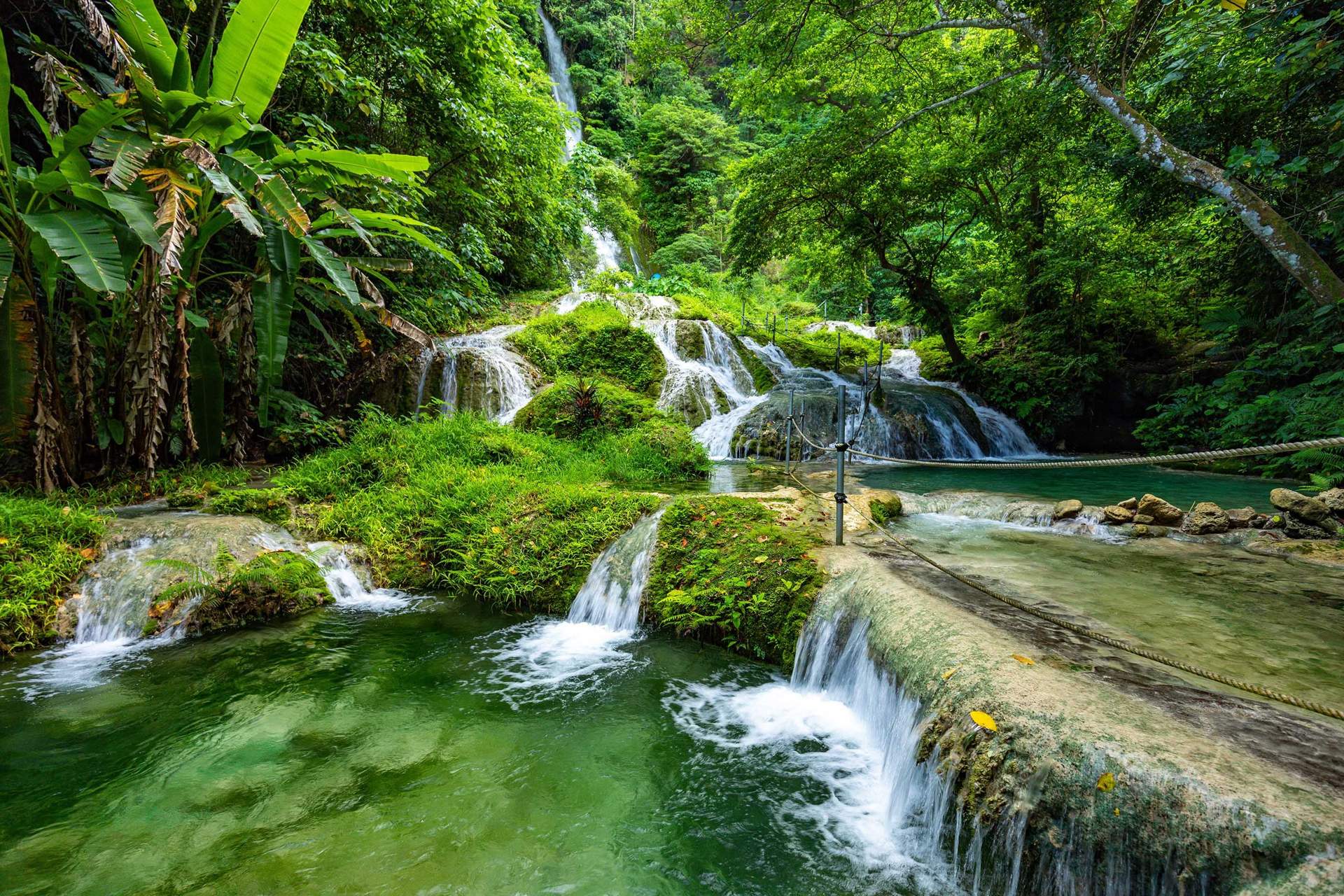






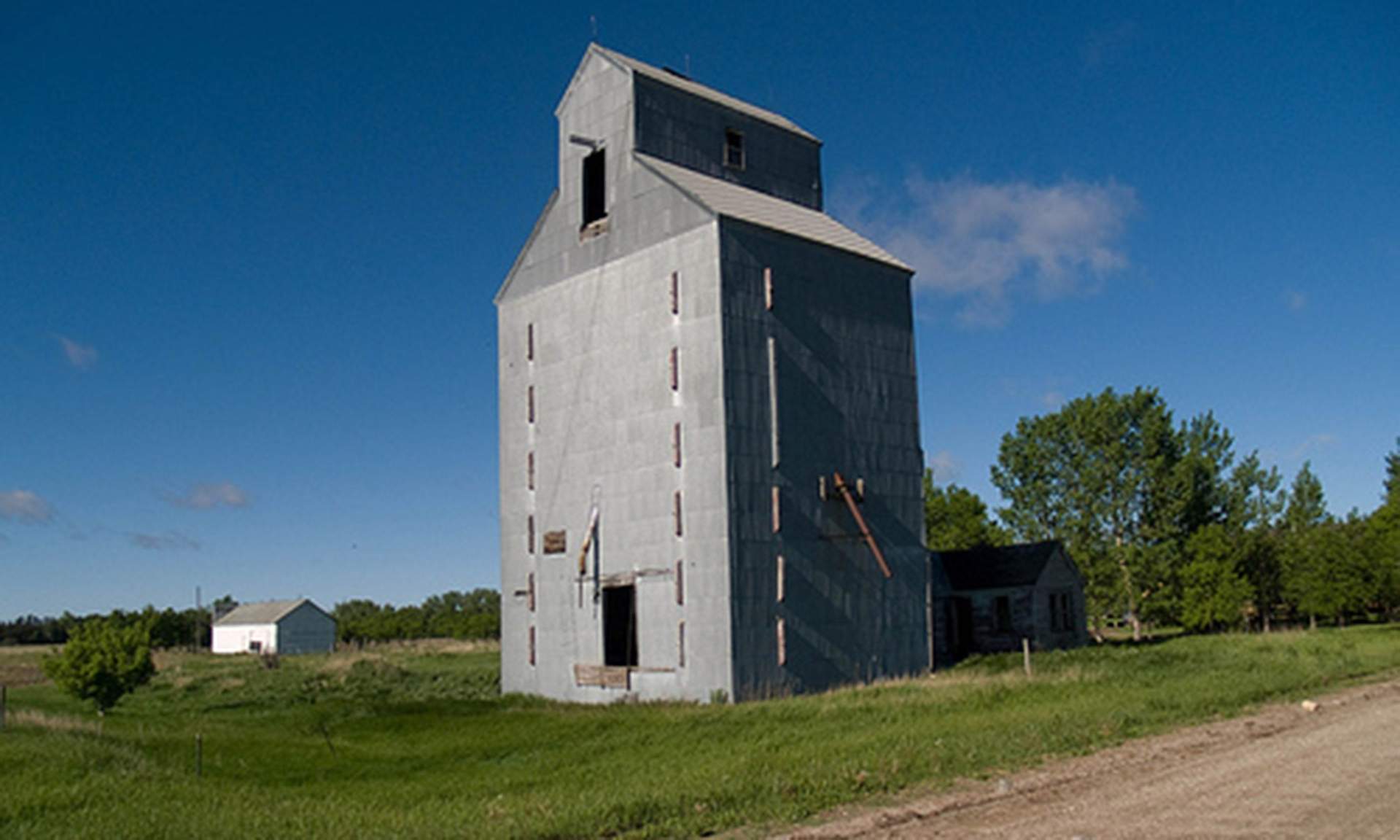

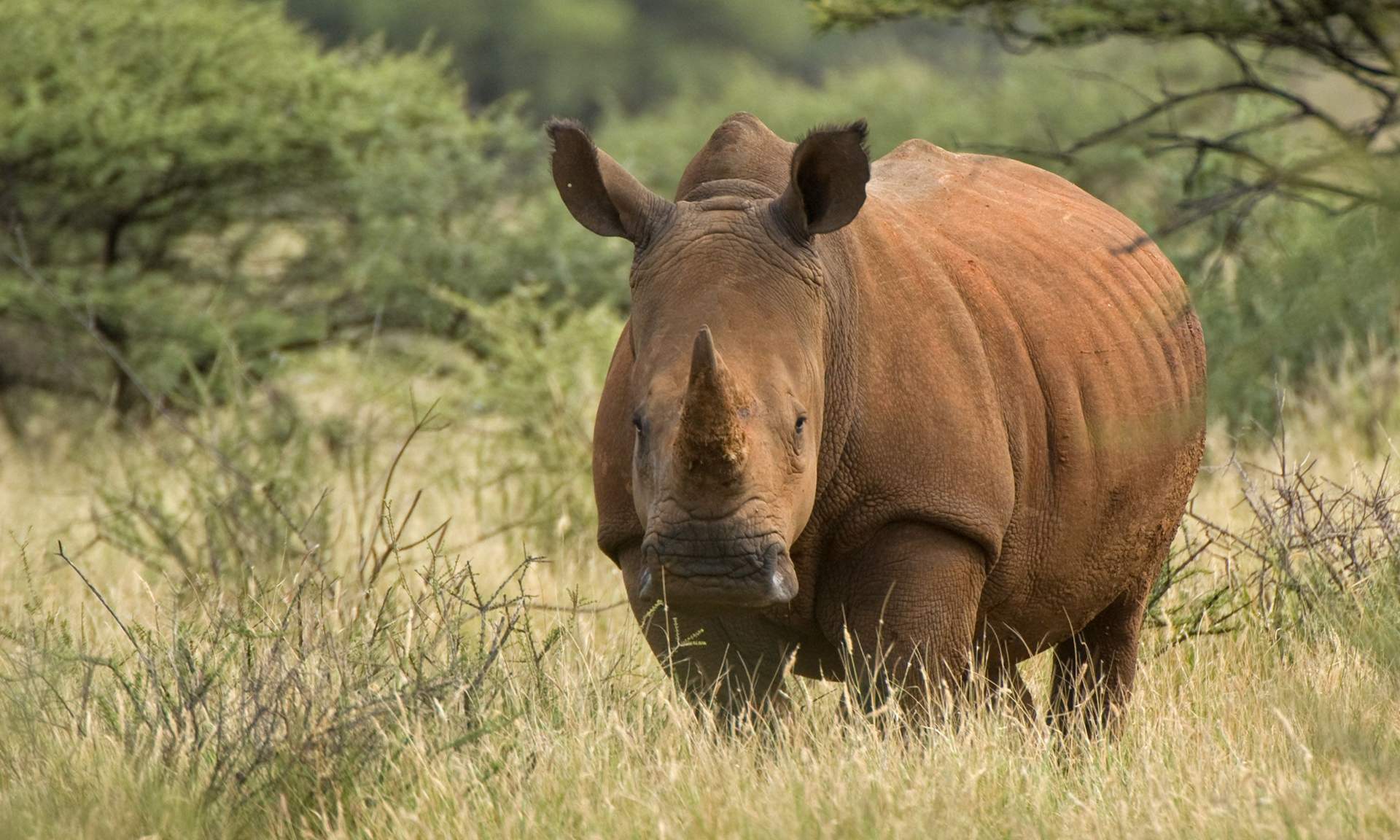
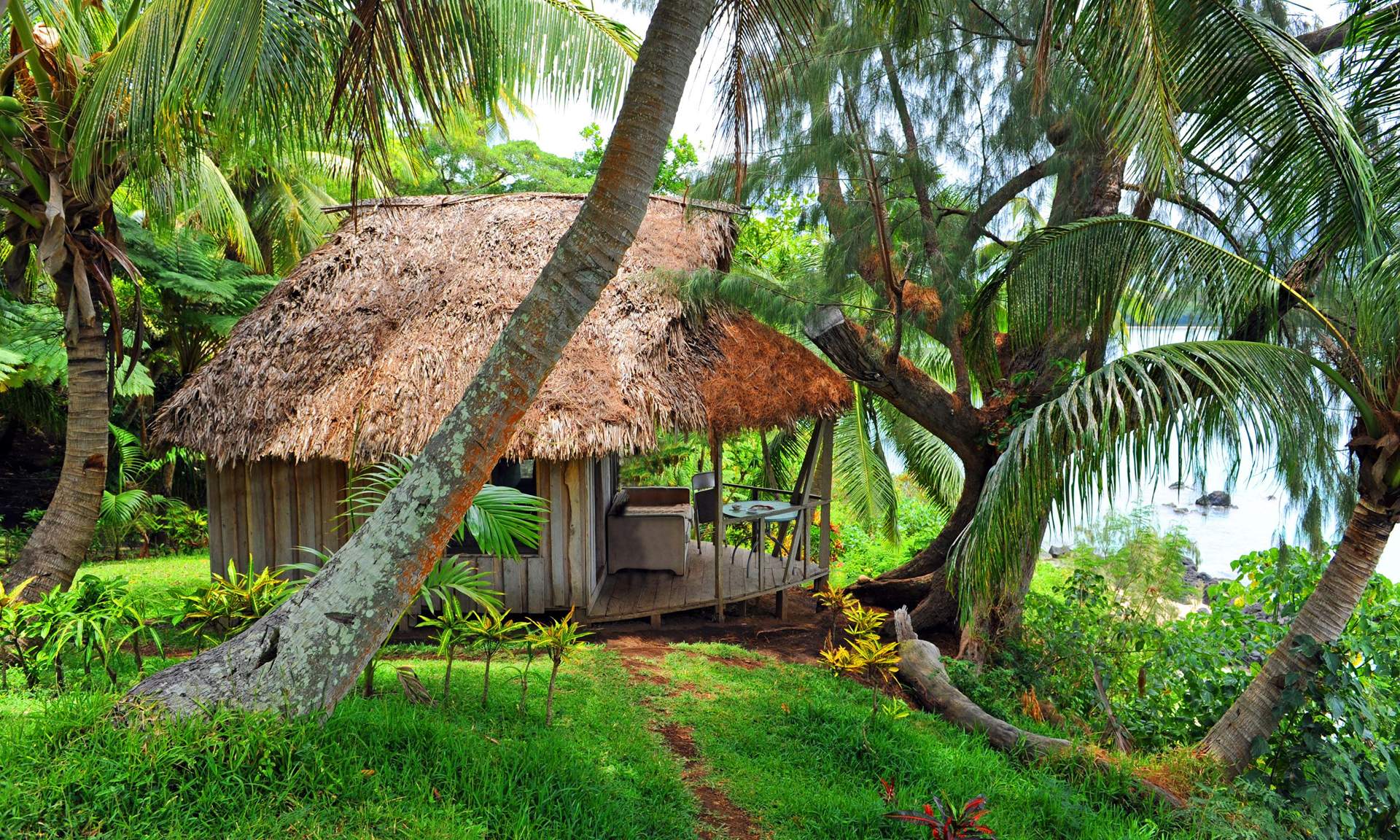















 South Pacific itineraries
South Pacific itineraries 2. The western Polynesian triangle: where Pacific island traditions endure
2. The western Polynesian triangle: where Pacific island traditions endure 3. The Melanesian crescent: relics & wrecks
3. The Melanesian crescent: relics & wrecks 4. The coral route: paradise at its best
4. The coral route: paradise at its best